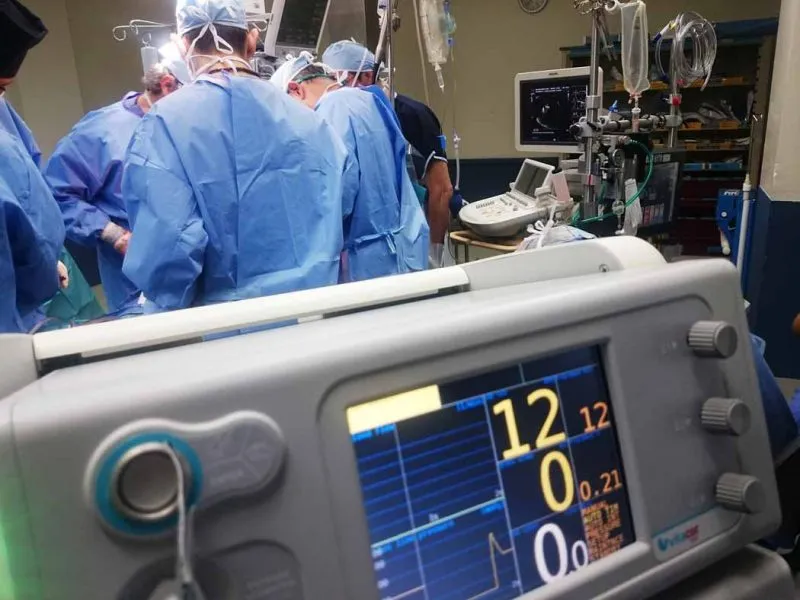Each year, 52,000 people are killed in the UK by sepsis, says the National Health Executive.
Due to the missed sepsis targets, the NHS England introduced a new rule which came into effect in April 2019.
The announcement was made after hospitals missed a considerable amount of sepsis cases. Under the new rule, hospitals risk being fined for not meeting the new targets for detection and treatment of sepsis.
Some of the recent cases of sepsis reflect the potential deadliness of missing the symptoms.
One of such cases was reported by the Daily Mail Online. 11-month-old Peggy Bradford has nearly lost her life to the disease. The GP and hospital staff turned her away, claiming her illness was due to a virus. Emma Bradford, the mother of little Peggy, was repeatedly send home, as stuff saw no cause for concern.
The first consultation happened when Mrs Bradford has taken Peggy to the GP with a temperature. When asked for a second opinion, she was told to go to Peterborough City Hospital. When consulting the hospital, Mrs Bradford was dismissed with only Ibuprofen.
It was in the early hours of the day that Mrs Bradford found her daughter’s lips had turned blue and her skin has gone grey. Mrs Bradford called 999 and Peggy was taken to a hospital, where she was diagnosed with potentially deadly sepsis. Luckily, the treatment was administered in time and the little girl has made a full recovery.
The Daily Mail Online reported another story of a 46-year-old Ryan Nulty who quickly spiralled into deadly sepsis, missing his death by mere hours.
On October 12, 2018, Mr Nulty was healthy. The next day he woke up with flu-like symptoms, aching bones and interchangeable chills and sweats. Soon he experienced face rash, started shaking uncontrollably and his feet became freezing cold. Shortly after, his feet became ‘totally black’.
Mr Nulty was rushed to Redhill’s East Surrey Hospital, whilst slipping in and out of consciousness, He was induced into coma. His body focused on protecting vital organs but did not manage to save his extremities, leaving his feet ‘black and leathery’. Due to the lack of blood supply, the tissue decayed and effectively died. There was no other choice but to amputate.
On October 22, 2018, he was brought out of coma and experienced delusion and disorientation.
After two months in the hospital, he was discharged home to be taken care of by his girlfriend, with operation scheduled for January 31, 2019. With his feet amputated at the shin, he will not be able to keep his job as a postman.
Although these cases show that last minute treatment of sepsis can save lives, not everyone gets so lucky. Marcie Tadman died in 2017 after the staff of Royal United Hospital did not complete the screening for sepsis, despite the clear signs of the illness. This case and many others prompted the NHS to introduce the new rules.
The new rules require staff to alert doctors of any suspicion that the patients might have sepsis within one hour. Although the idea might seem promising, with the enormous stress on the NHS staff and limited funds, the process might not be adequately applied in practise.
The threat of a fine could have either a positive or negative effect. It could encourage staff to take symptoms more seriously, to avoid the consequence. Equally, it could result in overdiagnosis of patients, investing time and resources into cases which do not require them. We can only hope it will be the former.
Sepsis is a terrible condition when not treated urgently. Its symptoms should always be treated seriously by the medical staff, to avoid further complications and even death.
If your condition was misdiagnosed, dismissed or the treatment was incorrect, you may be able make a Medical Negligence claim.
Fill out a claim form here or call our team on 0151 306 3694 to discuss your circumstances.
